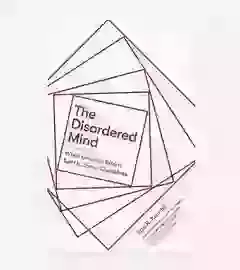What do we mean by Neurodiversity?
Rather than try to fit people into medical categories, which doesn’t always work, people have recently started to think in terms of the diversity in human brains, and consequently, human behaviour. Neurodiversity as a concept refers to the natural diversity in the way our brains work, just as there is diversity in hair colour, eye colour and height. Originally developed to conceptualise autistic differences, it is now also widely used as an umbrella term to include Attention Deficit Hyperactivity Disorder (ADHD), dyslexia, dyspraxia, tics and some mental health conditions such as Obsessive Compulsive Disorder (OCD).
Rather than thinking in terms of disorder or no disorder, neurodiversity recognises that there will be difference or divergence from the norm, without the need for cut-offs or thresholds. It is also a move away from thinking about conditions such as autism as a disability – recognising difference rather than deficits. Neurodivergent refers to someone whose brain processes, learns and/or behaves differently from what is considered ‘typical’. Neurotypical refers to people who think and behave in a way that is typical for the general population.













